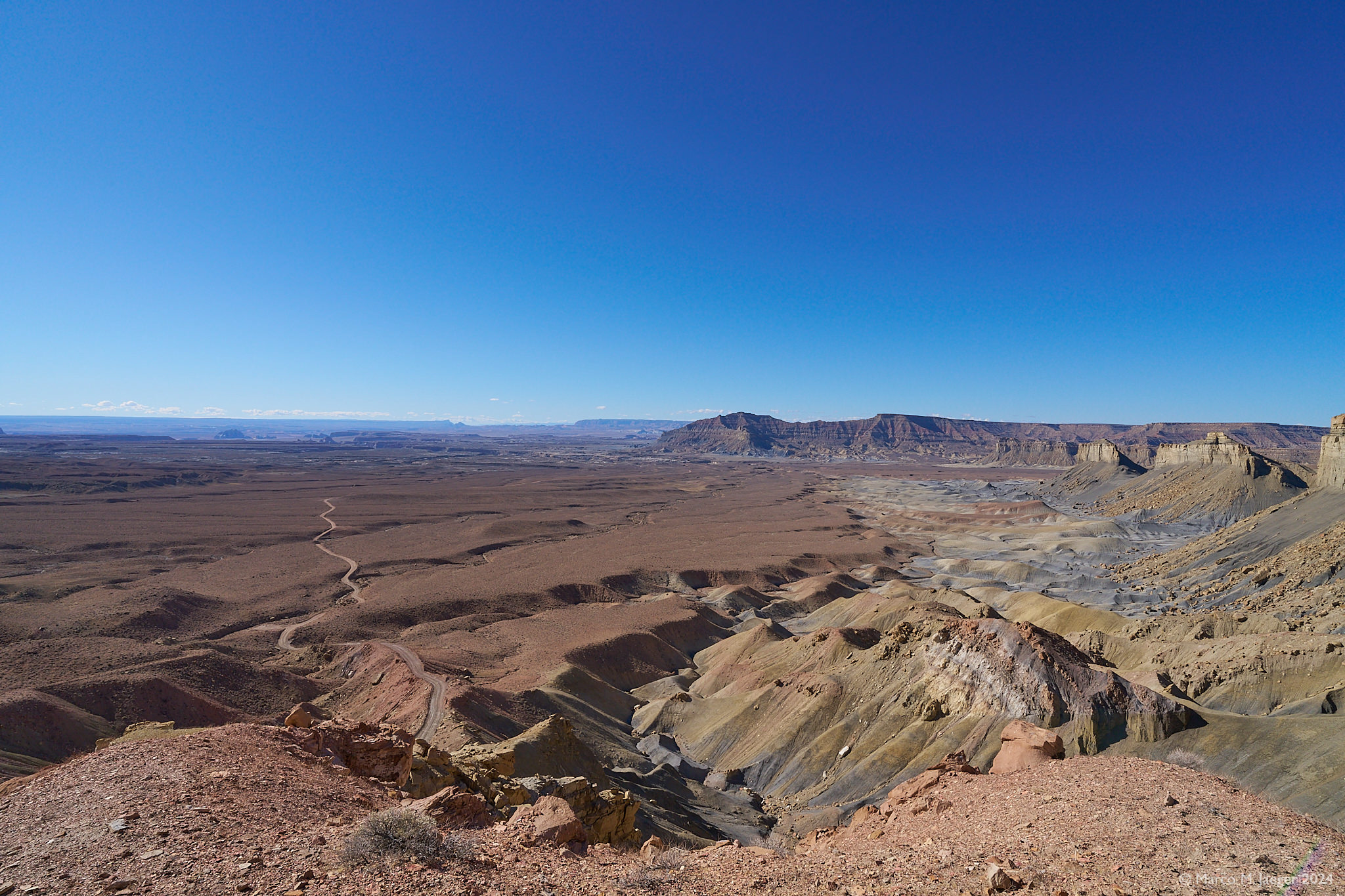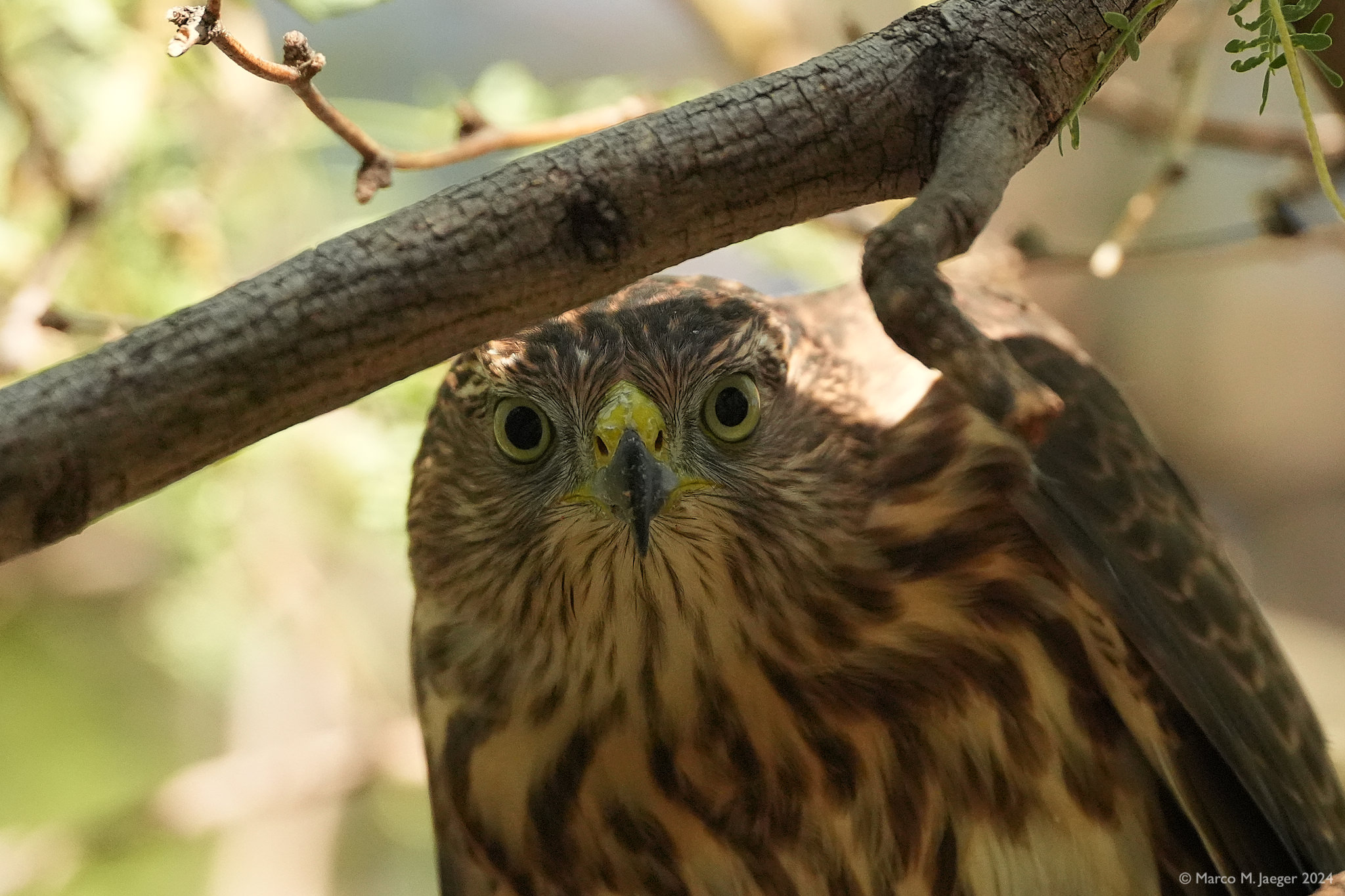As we are close to the Sequoia National Park, here upfront some facts about the Sequoia vs. Redwood Trees:
Ancestral redwoods in the family Taxodiaceae (Bald Cypress) date back at least 175 million years and have been found around the world. After the last Ice Age only eight species still survive: Swamp Cypress, Dawn Redwood, Japanese Cedar, Umbrella Pine, King William Pine, Chinese Pine, Giant Sequoia, and Coast Redwood. California is home to two of these living relicts.
The giant sequoia (Sequoiadendron giganteum) is also called “Sierra Redwood” or the “Big Tree.” It is found only in the Sierra Nevada range. Its trunk is column-like with stout branches. The reddish brown bark shreds and feels soft. An interesting fact is the giant sequoia (3,200 years old), bristlecone pine (5,000 years old), and creosote (11,000+ years old) all live within 100 air miles of each other even though the Sierra Nevada is one of the youngest mountain ranges at 2-5 million years old. Sequoias grow in areas where soil moisture is abundant and winter temperatures are not too severe. One of the fastest-growing trees on Earth, it eventually can reach 270 feet or more in height. The ropy bark of the sequoia, sometimes over two feet thick, is the tree’s main defense. The bark is resistant to low temperature fires and insect invasions.
The California coast redwood is the tallest tree in the world and more conifer-like in profile than the giant sequoia. Its trunk is narrower and shares the trait of reddish brown bark. Coastal redwoods occur only in a narrow band along the Pacific Coast. The world’s first, second, third, and sixth tallest trees are redwoods. All grow within a mile of each other on Redwood Creek along the northern California coast.
Some Facts: Giant Sequoia vs. Redwood
- Height: 310 feet (95m) vs. 368 feet (112m )
- Age: 3200 years vs. 2200 years
- Weight: 2.7 million lbs. vs. 1.6 million lbs
- Bark: 31” thick vs. 12” thick
- Branches: up to 8’ diameter vs. up to 5’ diameter
- Base Width: up to 35’ (11m) vs. up to 22’ (7m) diameter
- Reproduction: By seed only vs. By seed or root sprout
- Seeds: Shaped like oat flakes vs. Shaped like tomato seeds
- Cones: Shaped like an egg vs. Shaped like a large olive
- Foliage: Small overlapping, awl-shaped vs. Single needles that fall off in sprays
- Range: Sierra Nevada Range from Placer to Tulare County vs. Coast Ranges from British Columbia to Monterey County California
- Elevation: 4800’ – 8200’ vs. sea level to 3600’
Source: Nature Ali 2007




